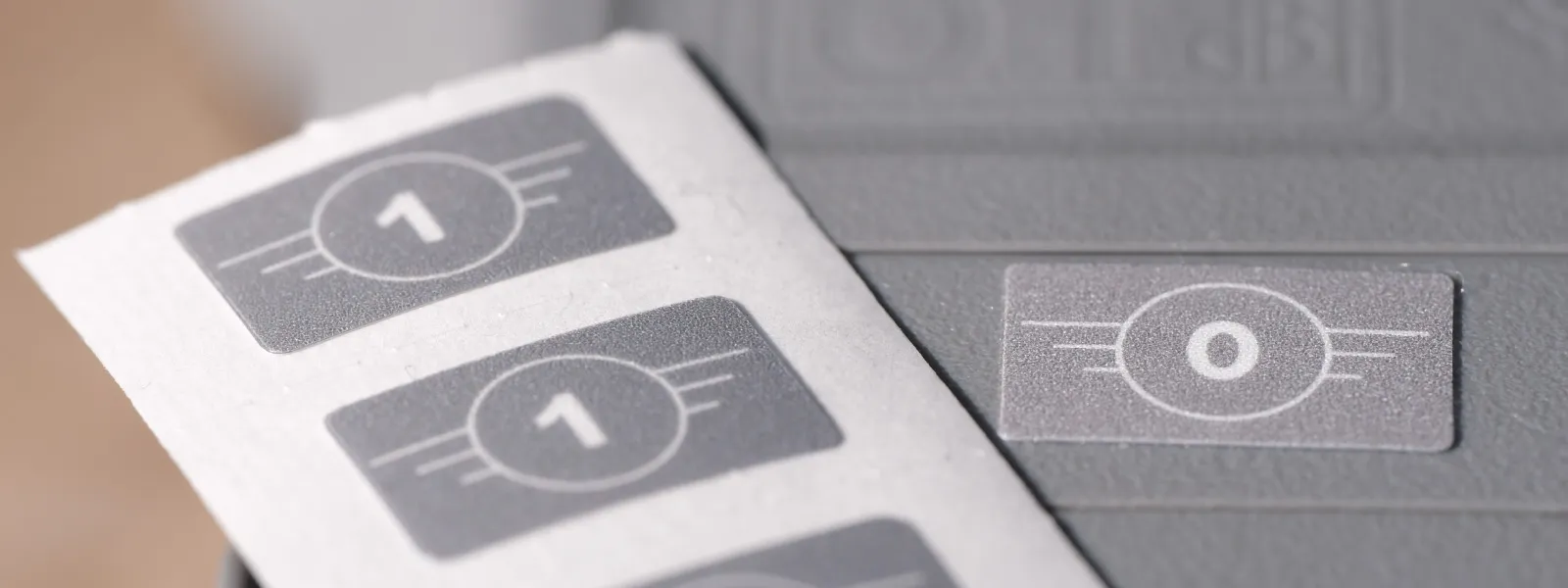DJI Mini 5 Pro Review – 250* Grams of Flying Tech
 Lukas
Zmejevskis
Lukas
Zmejevskis
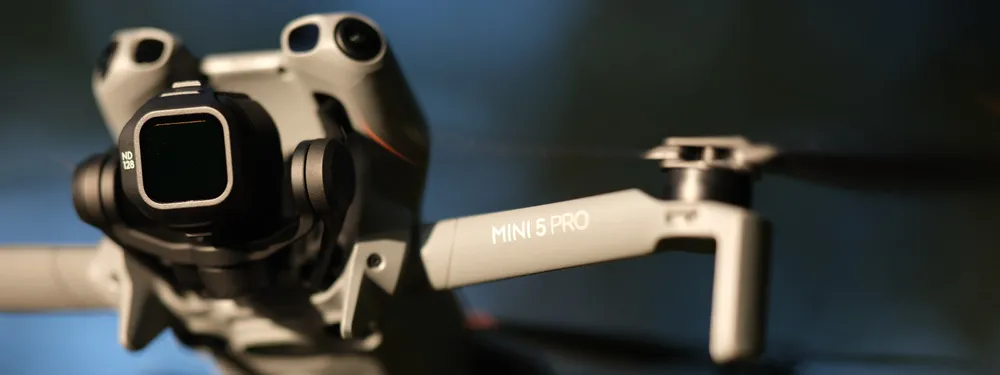
DJI Mini drones are by far the most successful product line DJI has ever made. The DJI Mini 5 Pro is the fifth generation, packing all of the latest tech while still (barely) maintaining the 250-gram weight limit, which keeps it in the less regulated C0 class. This means the drone is easily accessible for many users in terms of legality, making it a great professional tool. I got my hands on one, and what follows is my honest opinion about the Mini 5. I have had every DJI drone since the original Phantom series and am desensitized to the wonders of flying cameras, so my opinion is unswayed by pompastic marketing claims or basic features.
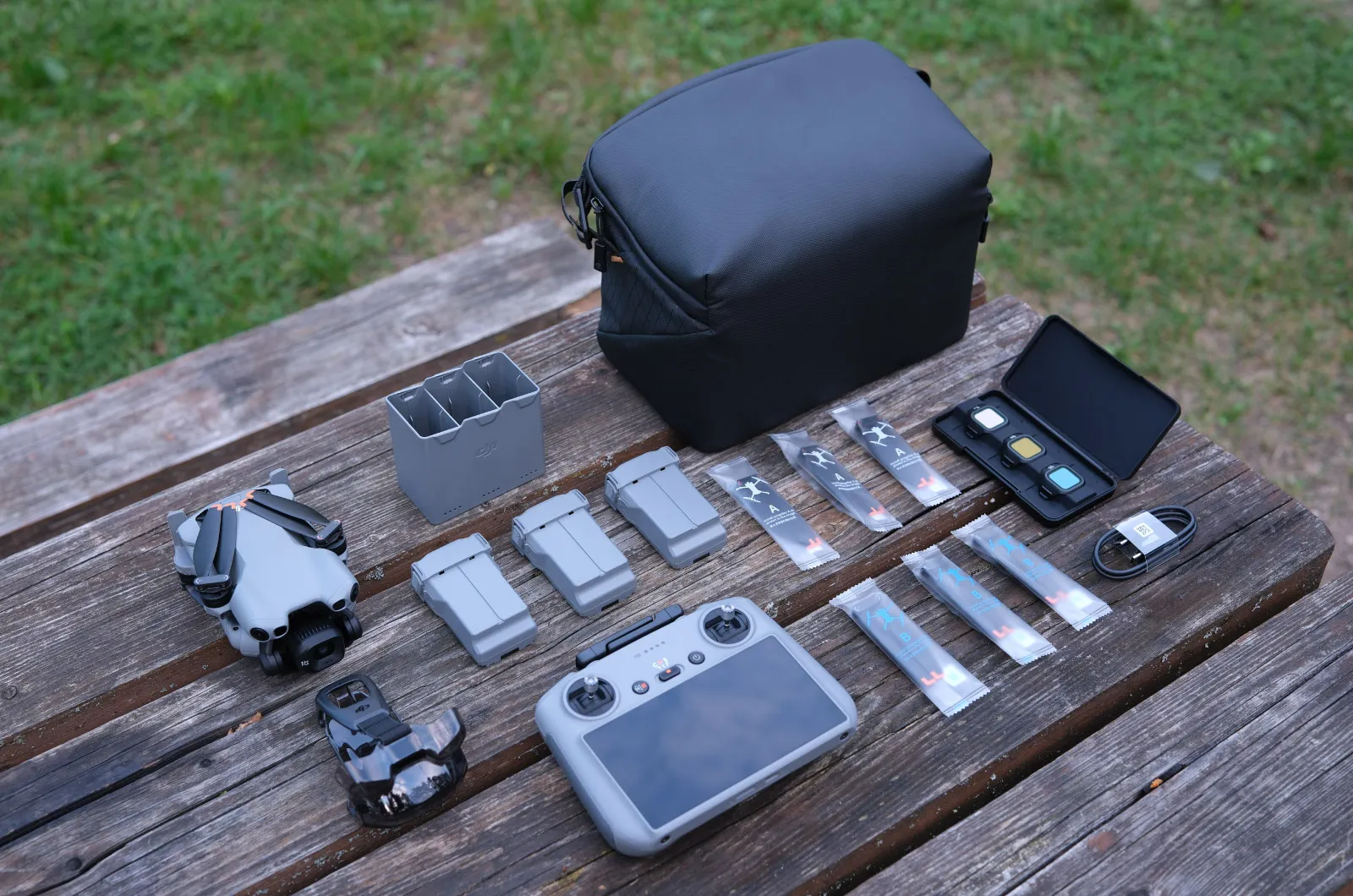 Hardware Specifications
Hardware Specifications
- Maximum takeoff weight: 249.9 g – People started weighing their drones and quickly found examples exceeding the 250 g value by tiny margins. In practice, it still passes as C0.
- Wind resistance: Up to 12 m/s
- Operating temperature range: –10 °C to 40 °C
- GNSS: GPS + Galileo + BeiDou
- Internal storage: 42 GB
- Obstacle sensing: Omnidirectional with front-facing LiDAR – works even in low light conditions. Virtually no chance of hitting something head-on, except for extremely thin objects.
- Video transmission (O4+): Up to 20 km – latest protocol from DJI.
- Maximum altitude at takeoff: 6,000 m
- Flight time (standard battery): Up to 36 minutes – a nonsensical claim, as always. Real-world flying is about 25 minutes. Less if conditions are harsh or you are recording most of the flight. I would plan for 20 minutes per battery.
- Flight time (Plus battery): Up to ~52 minutes – have not tested the Plus battery yet, but real-world flight time will likely be over 30 minutes.
Camera Specifications
- Sensor: 1-inch CMOS – quad Bayer sensor with a total of 50 megapixels or 12 combined true megapixels.
- Lens FOV: 84° (24 mm equivalent) – the usual wide-angle affair.
- Aperture: f/1.8 – non-adjustable. A few ND filters are included in the Fly More combo.
- Focus range: 0.5 m to ∞ – the lens can focus closer if using manual focus.
- ISO ranges:
- Video (normal): 100–12,800
- Video (D-Log M / HLG): 100–3,200
- Slow motion (normal): 100–6,400
- Slow motion (D-Log M / HLG): 100–3,200
- Photo (12 MP): 100–6,400
- Photo (50 MP): 100–3,200
- Shutter speed: 1/8,000 s to 8 s
- Max photo resolution: 8,192 × 6,144 pixels
- Video: 10-bit recording with D-Log M and HLG color modes
- Max video frame rates: 4K up to 120 fps; 1080p up to 240 fps
- Gimbal: 3-axis stabilized with 225° roll rotation
- Portrait/vertical shooting support: Yes
Flying Experience
DJI's piloting experience is still the best. The Mini 5 is technically the least capable and least powerful of the current DJI lineup – but that means nothing in practice. I have tested larger and supposedly more powerful drones from other manufacturers, and they do not come close. Agility, smoothness, and stability – everything is there. Drone inertia is well controlled, and the latest transmission works flawlessly.
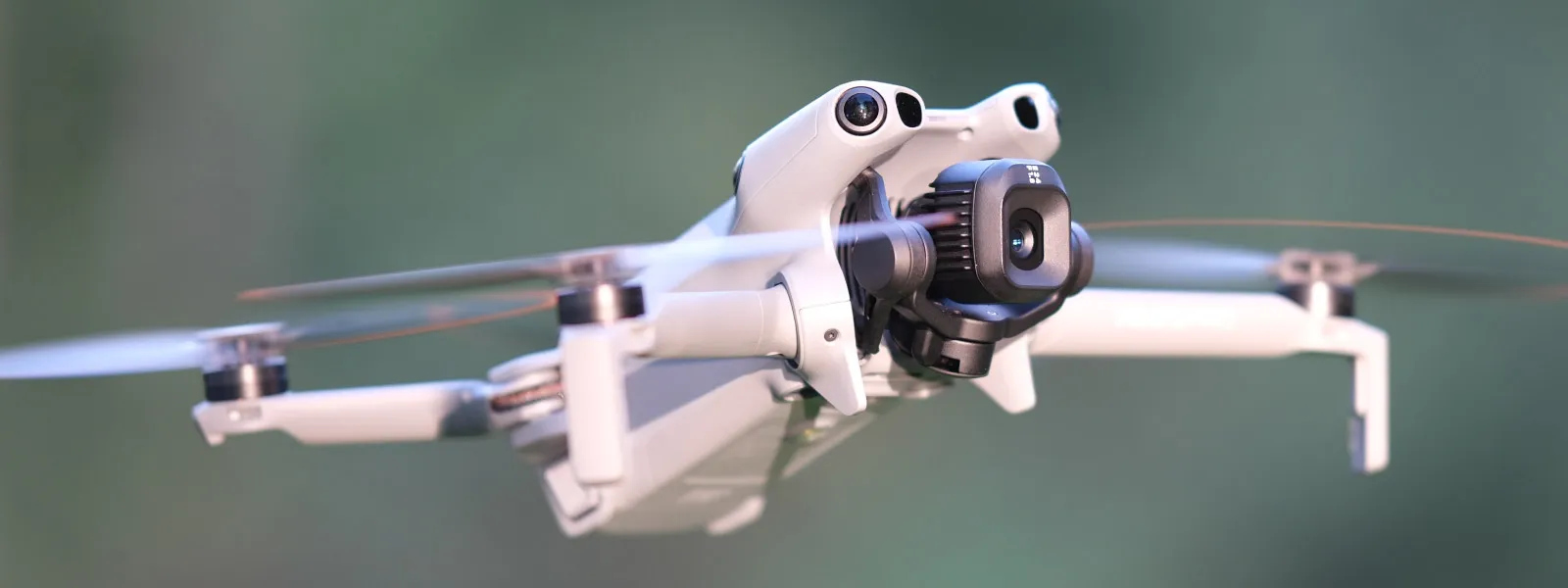 The propeller sound is lower-toned than previous models, and the drone climbs rapidly. Its maximum speed is perfectly adequate in real-world conditions. If any mode feels too aggressive or not agile enough, you can adjust settings in the DJI Fly app. Personally, I rarely touch stick rate settings—I only tweak the max speed of Cine Mode, especially for indoor flying.
The propeller sound is lower-toned than previous models, and the drone climbs rapidly. Its maximum speed is perfectly adequate in real-world conditions. If any mode feels too aggressive or not agile enough, you can adjust settings in the DJI Fly app. Personally, I rarely touch stick rate settings—I only tweak the max speed of Cine Mode, especially for indoor flying.
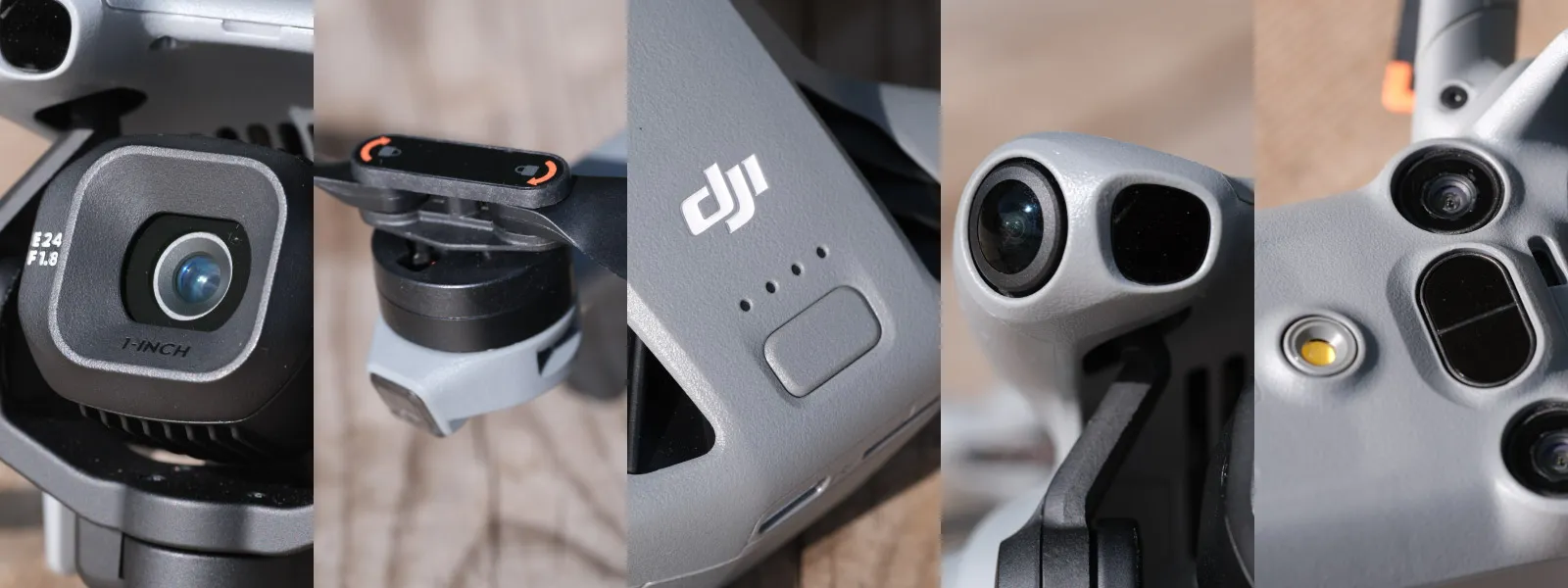 Video transmission is rock solid in all reasonable scenarios. Obstacle avoidance is reliable – not extremely precise, but good enough to prevent incidents. It will not dive through narrow gaps, but as a safety feature, it is irreplaceable.
Video transmission is rock solid in all reasonable scenarios. Obstacle avoidance is reliable – not extremely precise, but good enough to prevent incidents. It will not dive through narrow gaps, but as a safety feature, it is irreplaceable.
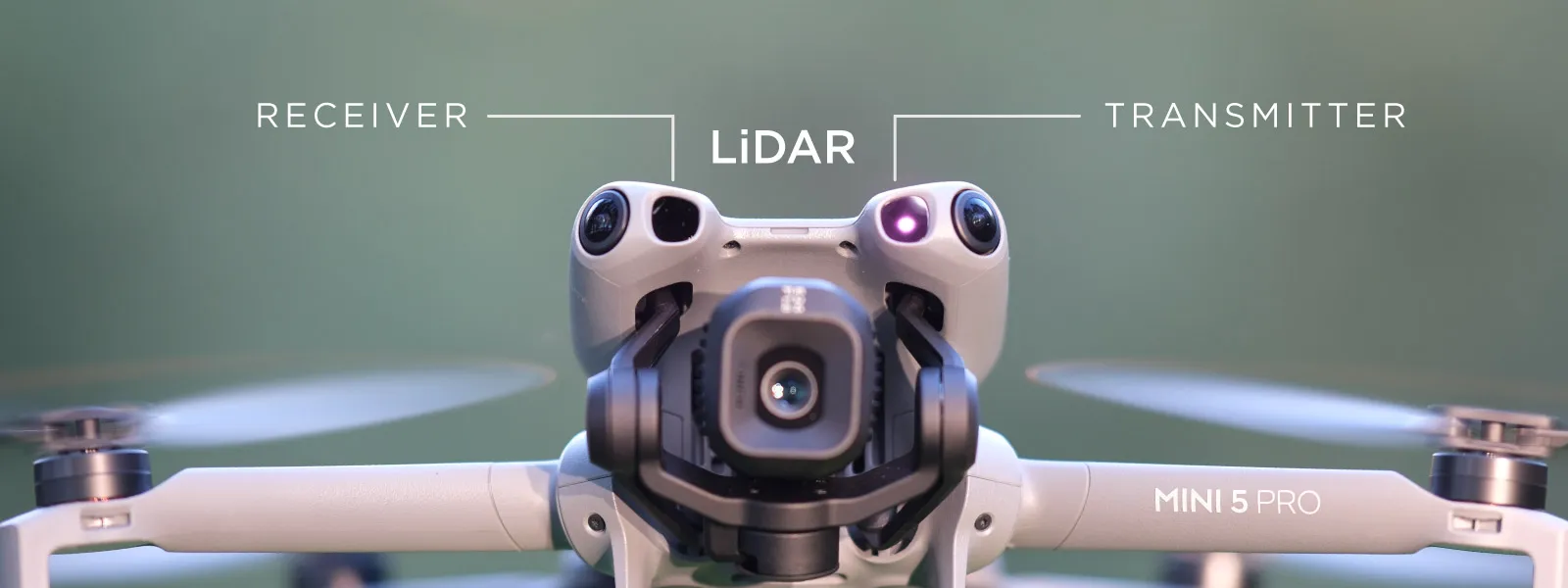 Photo
Photo
A drone is a flying camera – nothing else. Half of that is photography. A 1-inch type sensor with an f/1.8 lens is capable of professional-quality photos. The tool is no longer the limiting factor.
![]() The lens is excellent. Image quality degrades only slightly at the edges – a problem that has only recently been mitigated in drone design. Mini 5 Pro may be the best example yet. Despite the fixed aperture, there is barely any downside for photography.
The lens is excellent. Image quality degrades only slightly at the edges – a problem that has only recently been mitigated in drone design. Mini 5 Pro may be the best example yet. Despite the fixed aperture, there is barely any downside for photography.
![]() 2x crop mode for photos is handy but not essential. It is not drastically different from cropping a 50 MP image in post. The main advantage is workflow – you can skip the 50 MP pipeline and grab a 12 MP image directly. If you are going to crop anyway, there is no downside.
2x crop mode for photos is handy but not essential. It is not drastically different from cropping a 50 MP image in post. The main advantage is workflow – you can skip the 50 MP pipeline and grab a 12 MP image directly. If you are going to crop anyway, there is no downside.
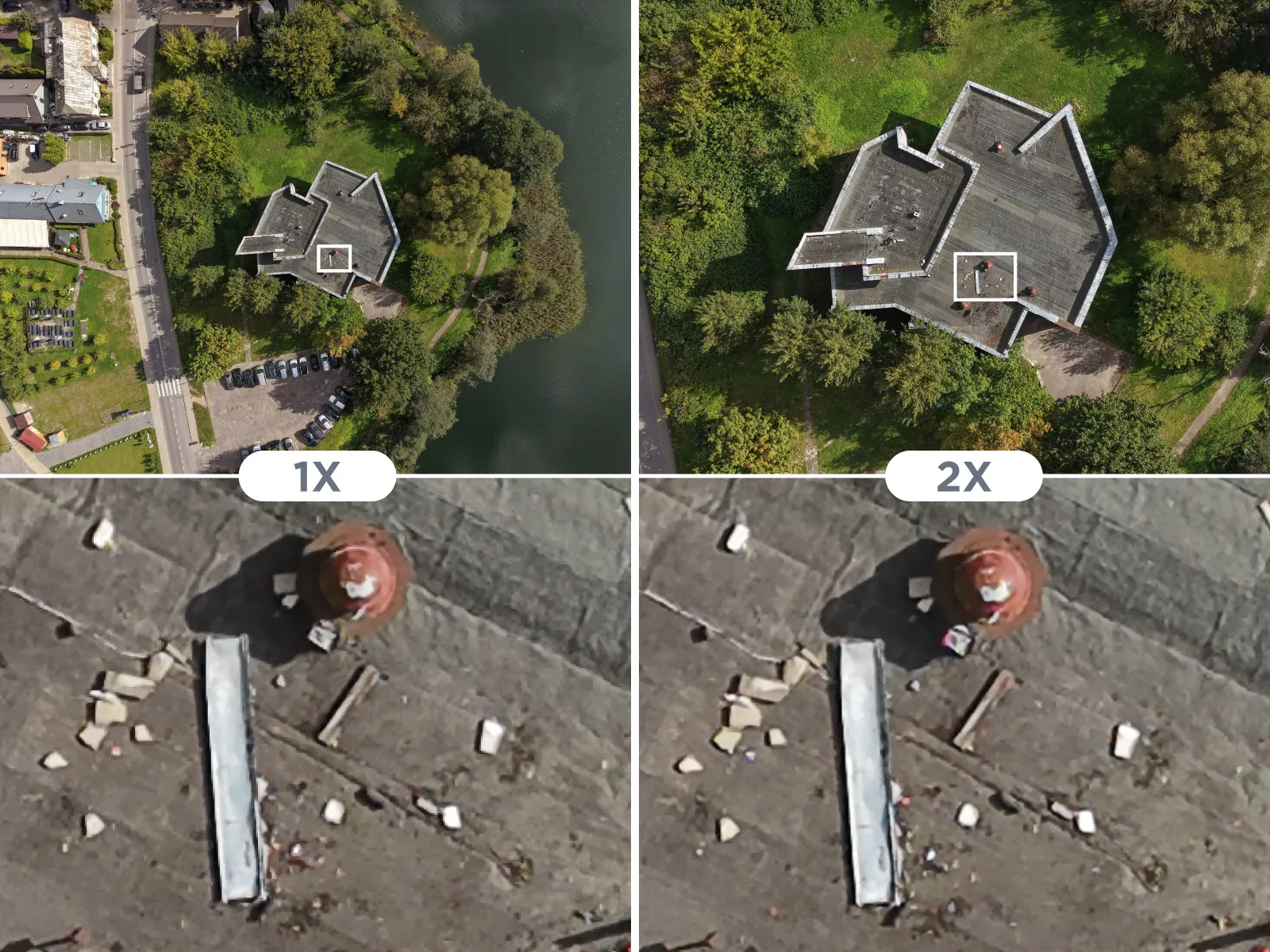 Video
Video
The video quality is frankly astounding. 4K 60 fps in both 1x and 2x crop modes. This is one of the better reasons to use the crop mode—not just for framing but also for better visual quality compared to cropping 4K footage in post.
Sharpness and noise reduction sliders are included – always set them to -2. Any post-processing will outperform the in-camera sharpening or noise reduction.
You get Normal, HLG, and D-Log M color modes with 10-bit 4:2:0. No 4:2:2 yet, unfortunately. Each mode has its use; I personally prefer D-Log M.
A strange quirk: auto ISO offers better dynamic range than fixed ISO, regardless of shutter speed. If you want the best dynamic range possible, go with auto ISO. This is likely a side effect of the quad Bayer sensor, which can be more effectively controlled via automation.
Recommendations and Short Comparison
I will write a whole blog post comparing the Mini 4 Pro, the new Mini 5 Pro, and other current-gen drones. If you are thinking about getting the Mini 5 Pro, here are the core questions:
-
Do you need the best 250 g drone ever made?
-
Do you need a drone at all?
If both answers are yes, and you do not already own a capable drone, this is the obvious choice.
Is it a good beginner drone? Yes. It is small, stable, and has plenty of safety features. Which version should you buy? The Fly More Combo with the DJI RC2 remote. What else do you need? A fast memory card.
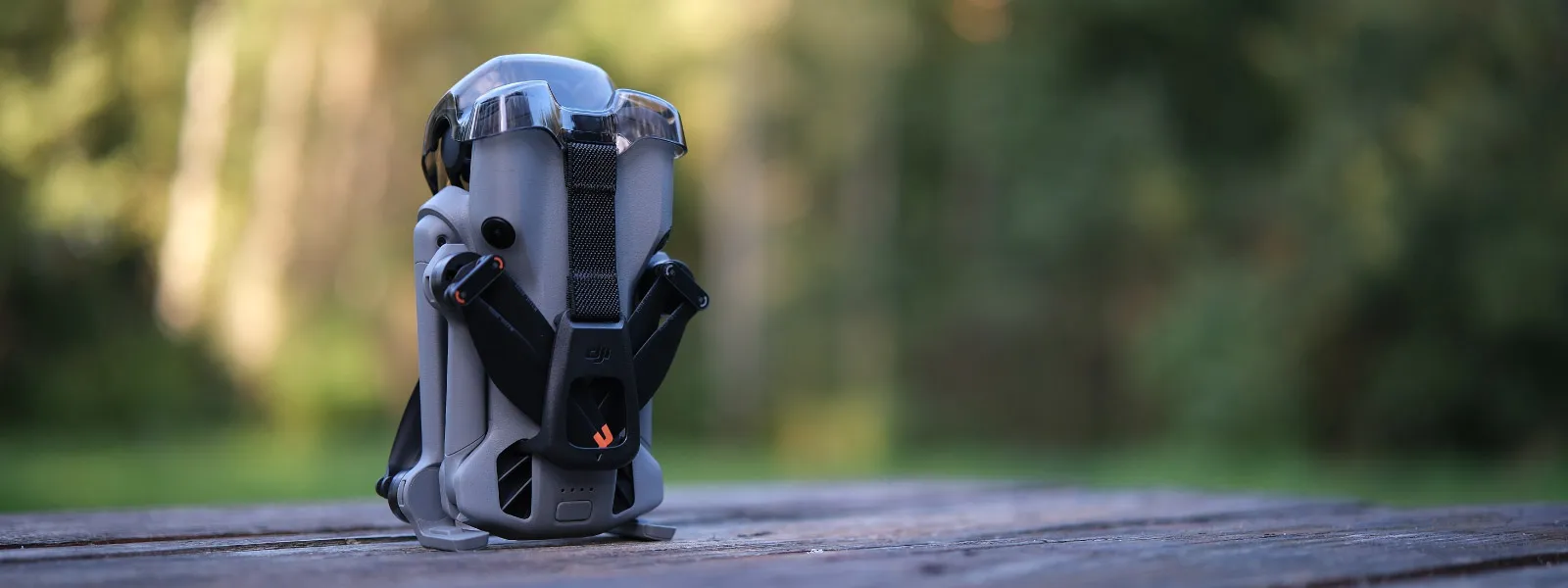 Conclusion
Conclusion
DJI Mini 5 Pro continues the tradition of packing flagship features into a sub-250 g drone without serious compromises. It improves on every aspect – sensor size, dynamic range, obstacle sensing, transmission stability, and flight experience. This is the most complete package on the market right now for anyone needing a high-performance drone without the regulatory baggage.
Whether you are a hobbyist looking for maximum portability or a professional needing a compliant tool for field work, the Mini 5 Pro is more than capable. It is not perfect, but it feels underpowered in very few situations. Next up will be a post with more insights focused on photogrammetry use cases.

Photographer - Drone Pilot - Photogrammetrist. Years of experience in gathering data for photogrammetry projects, client support and consultations, software testing, and working with development and marketing teams. Feel free to contact me via Pixpro Discord or email (l.zmejevskis@pix-pro.com) if you have any questions about our blog.
Related Blog Posts
Our Related Posts
All of our tools and technologies are designed, modified and updated keeping your needs in mind
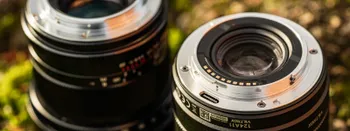
Viltrox 14mm vs. Pergear 14 mm Lens – Choosing for Interior Photogrammetry
Ultrawide-angle lenses are most commonly used in photogrammetry for interior scanning. I am planning to do an interior-type construction site scan, so I need a lens for my Sony full-frame camera. There are plenty of premium wide-angle options, but I need something that provides the best image qualit

Gaussian Splatting vs. Photogrammetry
Every few years, something new shows up online claiming to “revolutionize” 3D reconstruction. A while back it was NeRFs. Now it is Gaussian splatting — with endless YouTube clips of people walking through photorealistic 3D scenes that seem to render instantly.

Photo Dynamic Range - Real Life Tests and Advice
Dynamic range is an inescapable term when talking about digital photo or video capture. Our human vision has an incredible ability to adapt, allowing us to perceive both very dark and very bright scenes. When a digital imaging sensor or even a chemical negative captures a scene frozen in time, it is
Ready to get started with your project?
You can choose from our three different plans or ask for a custom solution where you can process as many photos as you like!
Free 14-day trial. Cancel any time.
.svg@webp)
